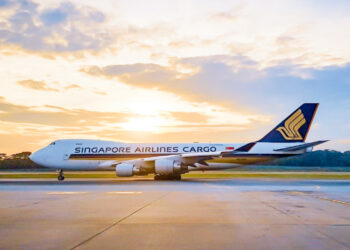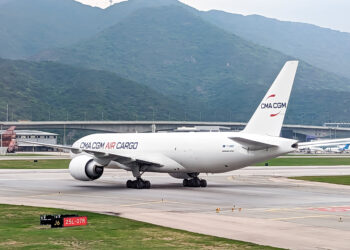No products in the cart.
AEI’s CRJ200 P-to-F program certified.

The US Federal Aviation Administration granted Supplemental Type Certification to Aeronautical Engineers, Inc for its CRJ200 large-door passenger-to-freighter conversion program.
The conformity aircraft (7029, ex-SkyWest Airlines) was converted at the Commercial Jet facility in Miami, but has now been ferried to Commercial Jet’s Dothan facility for painting into the livery of launch customer IFL Group. Cargo Facts believes the freighter will be operated by IFL subsidiary carrier Gulf & Caribbean Cargo.
AEI launched the CRJ200 P-to-F program in cooperation with Bombardier (the CRJ’s manufacturer) in 2013. At first the launch was speculative, but in 2014 US-based IFL Group signed up as the launch customer for the program. AEI now has a total of twenty-two firm orders and twenty-three options/commitments from a total of eight customers — IFL Group, Aeronaves TSM, and six unidentified.

As we have said in the past, when AEI launched the program, there was considerable doubt in the industry that demand would justify the launch. Would the CRJ be able to compete with turboprop freighters of the same size? Clearly the answer to that is “yes.” But in its announcement of the certification for the CRJ200 conversion, AEI has added something new that may have a bearing on long-term demand.
We have long known that the cargo loading system (CLS) on AEI’s CRJ200 SF would offer eight pallet/container positions of 61.5 x 88 inches. But in today’s announcement, AEI has added a second CLS option: 62 x 88 inches. That’s just half an inch bigger, so why design a whole new system for such a small difference? Perhaps because while 61.5 inches is an industry-standard size, FedEx uses its own 62 inch ULDs.
Food for thought.




